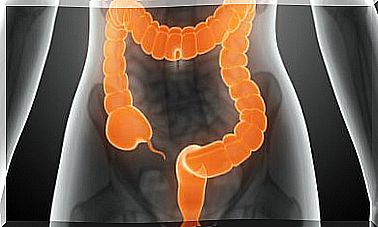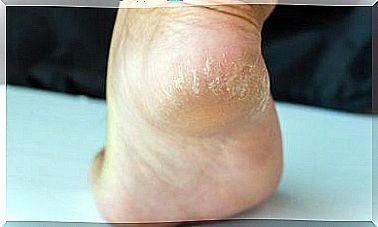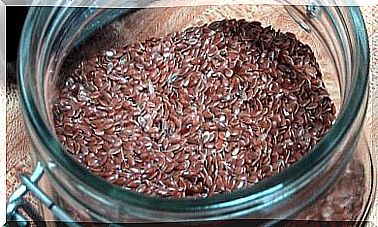What Is Gluteal Tendinopathy?
When the tendons of the glutes become inflamed as a result of an injury, it is called gluteal tendinopathy. What is it about ? What to do in this case?
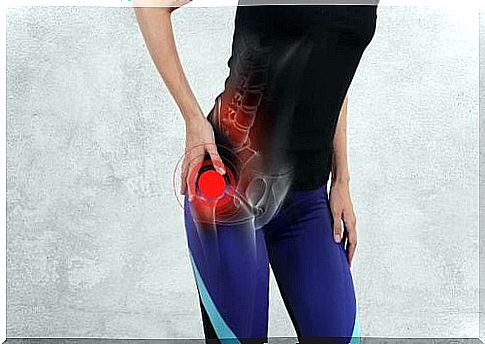
Gluteal tendinopathy, also known as “trochanteric bursitis”, is one of the causes of hip pain. It is due to inflammation of the tendons in the area, the causes of which are various. What are the reasons for the appearance of this tendinopathy? What treatments are there?
As this article on trochanteric bursitis highlights , gluteal tendinopathy is usually caused by repetitive micro-trauma. This is why, many sportsmen, such as marathon runners, often suffer from this condition.
The constant friction in this region causes wear and inflammation of the bursae (bursitis). Nevertheless, there are also non-athletic people who suffer from trochanteric bursitis. Certain factors can actually influence its appearance.
Who can suffer from gluteal tendinopathy?
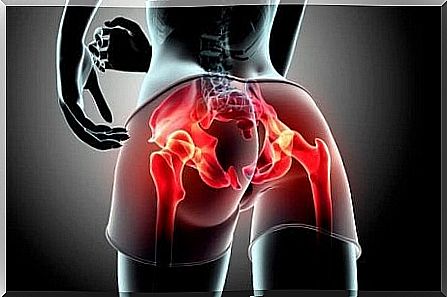
Being athletic, running marathons or playing soccer can predispose to suffering from trochanteric bursitis. However, there are other factors that make an individual more susceptible to this kind of injury. Let’s see some of them that, with the right treatment and support, can prevent this condition:
- Obesity: pressure in the area due to excess fat promotes the onset of gluteal tendinopathy
- Fibromyalgia: the muscle stiffness that manifests itself in this disease as well as friction in the area can give rise to trochanteric bursitis
- Hip arthritis: this complication which causes inflammation of the hip joints is undoubtedly one of the major factors in the appearance of tendinopathy
- Gonarthrosis: degeneration of cartilage can also cause this type of tendinopathy
If any of these things are happening to you, it may be helpful to know the symptoms of gluteal tendinopathy. Even if that doesn’t mean you will automatically suffer from it.
Symptoms of trochanteric bursitis
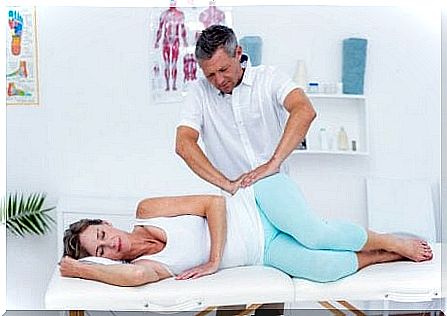
During gluteal tendinopathy, a set of symptoms occur. Often, most of them are confused with symptoms of other types of conditions.
Therefore, even if the discomfort is not very great at first, we still advise you to consult a healthcare professional. Thus, you prevent the discomfort from prolonging and worsening. In addition, it allows you to start treatment so that the situation becomes too serious.
- Cracking and pain in the area
- Stiffness in the joints of the area
- Difficulty walking without necessarily noticeable discomfort
- Pain that extends to the front of the thigh
- Sensation of pain that reaches the inside of the thigh
- Pain near the ischial tuberosity that extends to the buttocks
As you may have noticed, pain in the area is the symptom that will be most present, with a cracking occasionally.
Whether the pain extends to the front, back or inside of the thigh, and sometimes even to the knee, will depend on the activities or movements that promote rubbing and inflammation of the bursae. serous.
For example, some patients have inguinal pain that extends to the front of the thigh when they are hyperextended from the hips. Likewise, those who spend a lot of time sitting usually suffer from the last of the symptoms that we have exhibited before.
Treatments available
When a patient is diagnosed with gluteal tendinopathy (through an x-ray, ultrasound, gamma radiography, CT scan, or MRI), they are often advised to lose weight if that is the primary cause. However, pain medication may also be prescribed to relieve pain and inflammation.
It is also advisable to perform specific exercises that strengthen the buttocks and hips region. Sleeping on your side with tendinopathy only makes the condition worse. It is therefore preferable to sleep in another position.
In some cases, extracting fluids from the bursa or injecting a mixture of anesthetics and corticosteroids may provide good treatment results.
What to do in case of gluteal tendinopathy?
Now that you know a little more about gluteal tendinopathy, don’t wait any longer to see a doctor at any of the symptoms mentioned above.
The latter will perform the appropriate examinations to avoid pain and discomfort. Indeed, this condition is easily treatable. Have you ever been diagnosed with trochanter or hip bursitis?

